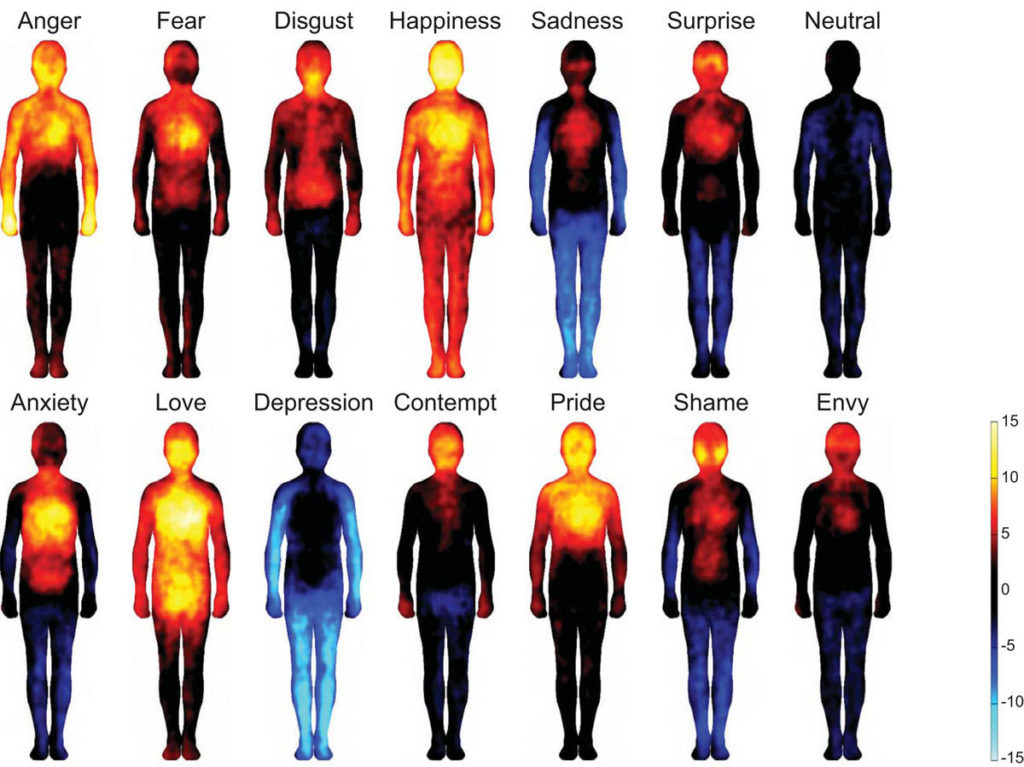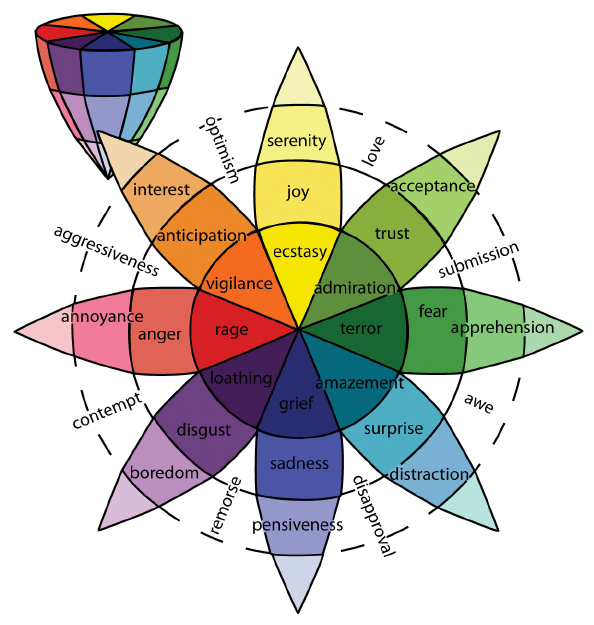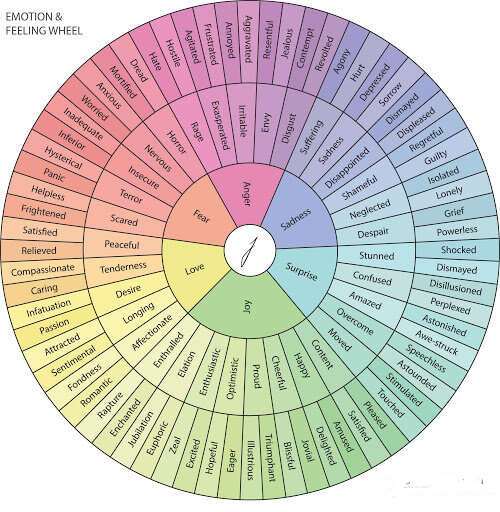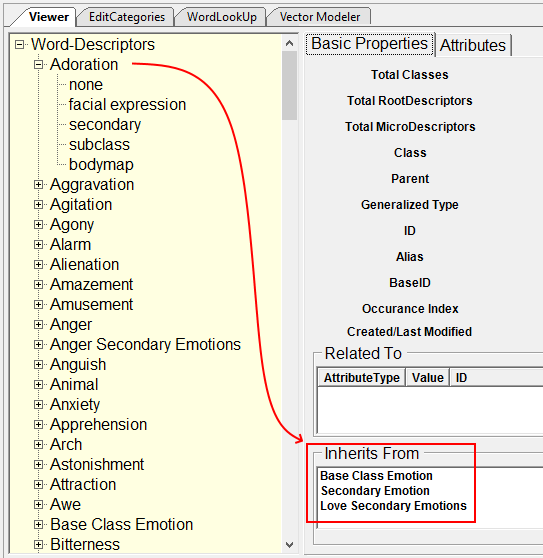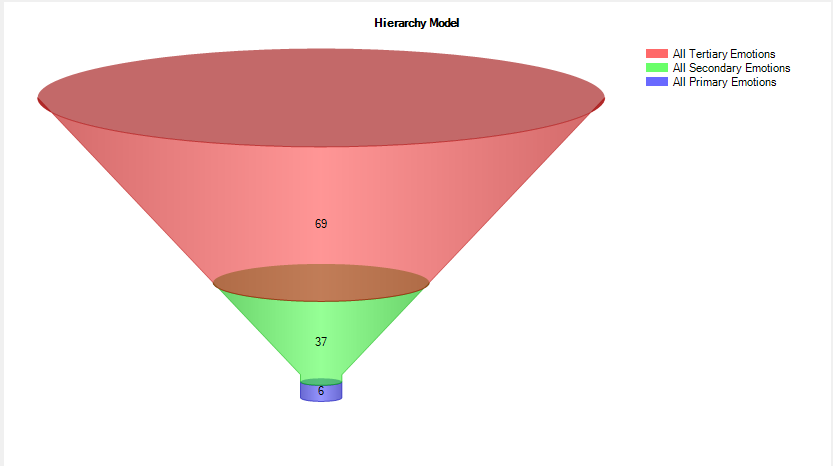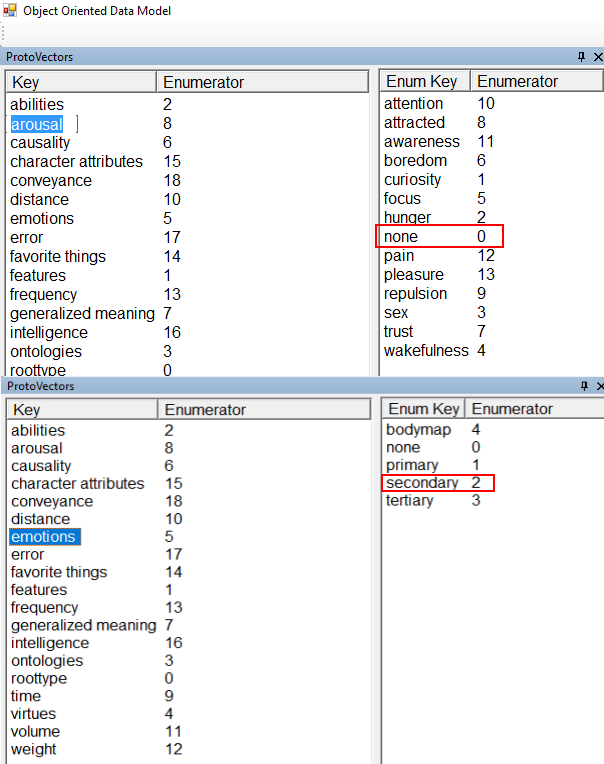
What are dreams? According to Wikipedia:
” The content and purpose of dreams are not fully understood, although they have been a topic of scientific, philosophical and religious interest throughout recorded history. “
And:
“Dreams mainly occur in the rapid-eye movement (REM) stage of sleep—when brain activity is high and resembles that of being awake. REM sleep is revealed by continuous movements of the eyes during sleep. At times, dreams may occur during other stages of sleep. However, these dreams tend to be much less vivid or memorable. ”
Brain MRI scans of mice during rem sleep reveal some interesting aspects about what dreaming really is. Where scientist see 3D grid maps of past spacial experiences of the mice. Now you may ask how do they know that it was an experience the mouse lived? Well the 3D spacial grids actually show neurons firing in patterns that resemble the mazes the mice had walk through earlier! So it would appear, at least for mice, dreaming is actually reliving past experiences. So what is the benefit of reliving past experiences?
If you recall the description of the snake and mouse in the “Predicting vs Reacting” post where the snake shifted its mode of attack instantly by reacting to the change in the mouses behavior form other mice. Mammals have more sophisticated brains than snakes and it would appear that even mice can emulate a virtual reality of sorts to learn new adaptations or reactions to their environment. By re-living events some animals can learn new novel adaptations to their environment.
Human brains also have those kinds of 3D spacial maps like the mice. So our dreaming brings about a virtual reality that can experiment with ideas and past experiences. This is where human dreaming is different to animals like mice. Humans use abstract ideas where such notions while never experienced can prompt a virtual experience in our imaginations or dreams. This explains why not all dreams in human beings are re-lived experiences but actual novel concoctions of worlds or scenarios not even possible in the real world! So what is the advantage of dreaming in humans?
One could argue that it is very advantageous to have the ability to work out scenarios not experienced. It allows for ideas to be explored in a way that feels real and therefore solicits the kind of reaction or prompting of resources of the brain to cope with the imagined just as if it were real. In other words dreams allow us to gain experiences with issues we haven’t literally lived but we could apply to our real lives!
So too could an A.I. benefit from an means to reenact past and imagined experiences and learn in virtual environments just as they can learn from real experiences.

